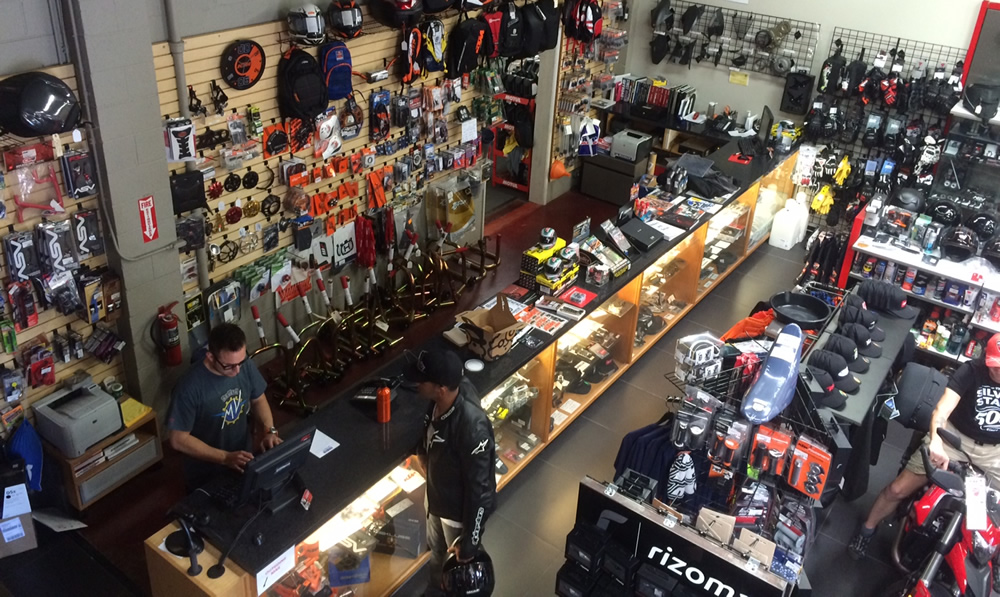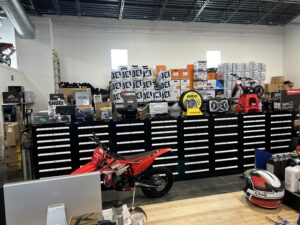Understanding the Crucial Parts of a Bike: A Comprehensive Guide for Enthusiasts
For motorcycle lovers aiming to boost their riding experience and ensure their bikes run efficiently, recognizing the important components of a motorbike is extremely important. Each component, from the engine's complex operations to the critical function of the braking systems, not only influences performance yet additionally security and comfort. This overview will stroll with the essential components that every rider should know with, enabling informed choices in both upkeep and potential upgrades. As we begin this exploration, one must ask: exactly how does each component interact to create the smooth ride every fanatic looks for?
Engine Elements

The camshaft plays a critical duty in controlling the timing of the engine's valves, making sure the specific opening and closing necessary for reliable gas and air consumption, in addition to exhaust expulsion. This timing is critical to preserving ideal engine efficiency and effectiveness. Additionally, the carburetor or gas injection system, relying on the motorbike version, is accountable for blending air with fuel in the right proportion for burning.
The cooling system, either air or liquid-based, functions to maintain the engine's temperature level within functional restrictions, stopping getting too hot and ensuring durability - motorcycle shop. Each element, diligently made and incorporated, contributes to the seamless procedure of the engine, specifying the motorbike's power output and total efficiency
Transmission System
Indispensable to the motorcycle's capability, the transmission system makes certain reliable power transfer from the engine to the wheels. This system comprises numerous vital parts, including the clutch, gearbox, and final drive, each playing a crucial role in equating the engine's power right into activity. The clutch, usually operated by a hand lever, serves to involve and disengage the engine from the transmission, enabling for smooth equipment modifications and controlled velocity.
The gearbox, typically described as the transmission appropriate, has a collection of equipments that motorcyclists can by hand move through to change the bike's rate and torque outcome. These equipments are prepared in a series that makes it possible for the motorbike to increase efficiently and keep ideal engine efficiency across various rates. Most motorcycles utilize a consecutive transmission, calling for the biker to shift gears in an established order.
Braking Devices
While recognizing the transmission system is vital to harnessing a bike's power, similarly important is the ability to regulate and quit that power properly, which is where braking devices enter into play. Brakes are important for safety and efficiency, providing the rider with the essential control to navigate different surfaces and problems. Generally, bikes feature 2 kinds of stopping systems: disc brakes and drum brakes.
Disc brakes are much more widespread in modern-day motorbikes due to their remarkable efficiency. This system offers far better warm dissipation, consistent performance, and boosted quiting power, particularly in damp problems.
Alternatively, drum brakes, though much less common, are still found in some bikes. They work by pushing brake shoes versus the inner surface of a drum connected to the motorcycle apparel shops near me wheel. While generally much less effective in heat dissipation and stopping power, drum brakes are simpler and extra cost-efficient.
Comprehending these stopping systems' subtleties allows cyclists to preserve their bikes properly and appreciate the engineering that ensures secure and reliable quiting.
Suspension and Steering
Suspension and steering systems are important parts that considerably affect a motorcycle's handling and experience comfort. The suspension system, containing forks at the front and shock absorbers at the rear, absorbs roadway abnormalities, enhancing security and control. Front forks, typically telescopic or upside down, compress and rebound to reduce impacts, while rear shock absorbers keep tire call with the road, crucial for grip and security.
Steering, centered around the handlebars, links the biker to the motorcycle's directional control. The guiding head bearings ensure smooth operation, allowing accurate maneuverability. Proper placement and upkeep of these bearings are crucial for predictable guiding response and minimizing biker fatigue.
The suspension's adjustability is another critical aspect; preload, you could try these out damping, and rebound setups permit modification to match numerous riding problems and designs. This versatility is vital for maximizing performance, whether browsing city streets or dealing with sturdy tracks. Technologies like electronic suspension systems provide real-time adjustments, enhancing experience high quality across varied terrains.

Electric Systems
After making certain a controlled and smooth experience via efficient suspension and steering systems, attention transforms to the electric systems, an essential element of contemporary motorcycles. These systems play a critical function not just in beginning the engine but also in powering different parts that enhance the performance and safety of the bike.
At the heart of a motorbike's electrical system is the battery, which stores electric energy essential for beginning the engine and powering supporting systems - motox parts nz. The generator or generator, coupled with the rectifier-regulator, ensures the battery stays charged while the bike is in procedure, converting mechanical energy into electric power and preserving voltage degrees
The ignition system, one more essential element, is accountable for stiring up the air-fuel combination in the engine's cylinders. Modern bikes frequently utilize an electronic ignition system, supplying better efficiency and dependability compared to conventional systems.
Lights systems, consisting of headlights, tail lights, and indicators, are also crucial, making certain visibility and safety and security for the motorcyclist. Additional digital click for more info elements such as sensing units, control units, and shows contribute to sophisticated functions like gas shot management, anti-lock stopping systems (ABS), and digital control panels, better boosting the riding experience.
Final Thought
A detailed understanding of a motorbike's essential elements, consisting of the engine, transmission system, braking systems, suspension, guiding, and electric systems, is important for fanatics intending to enhance efficiency, security, and comfort. Proficiency of these elements enables for informed decisions relating to maintenance and upgrades, eventually boosting the riding experience. By integrating this understanding, bikers can ensure their motorcycles run at peak performance and reliability, consequently optimizing both pleasure and long life of their vehicles.
For motorcycle lovers looking to elevate their riding experience and guarantee their bikes run smoothly, comprehending the crucial components of a bike is extremely important.Integral to the motorcycle's performance, the transmission system makes certain efficient power transfer from the engine to the wheels.While understanding the transmission system is crucial to harnessing a motorbike's power, just as essential is the capacity to control and stop that power efficiently, which is where braking devices come right into play. Commonly, motorcycles feature two types of stopping systems: disc brakes and drum brakes.
A comprehensive comprehension of a bike's important components, including the engine, transmission system, stopping mechanisms, suspension, guiding, and electric systems, is important for fanatics aiming to maximize convenience, performance, and security.